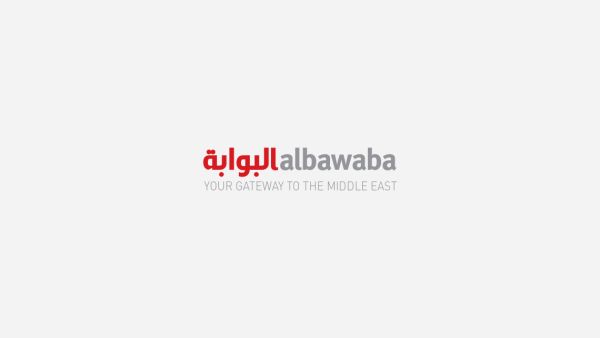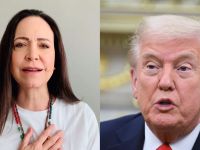The increase in popularity is across the board and research by Morgan McKinley found a surge in the global value of Islamic banking assets is forecasted for the next few years. Figures are predicted to reach $6.5 trillion by 2020, a huge leap compared to the amount of $150 billion in the mid-1990s.
In the UAE alone, the total Islamic banking assets accrued in 2013 was $95 billion (compared to $83 billion in 2012), and it is showing no signs of slowing down, with the Dubai Chamber of Commerce predicting that the annual growth rate will reach 17 per cent until 2018.
The increase has been with all consumers, with a recent study from Bloomberg concluding that in the UAE, Islamic finance has also gained popularity amongst non-Muslim expats.
The sector is still growing at an incredible rate, in some markets it’s growing up to 50 per cent faster than traditional banking and it looks to be a trend that’s set to continue. This is predominantly thanks to an impressive increase in competition, product development and better customer value.
For a while Islamic banks slipped behind conventional banking in terms of educating customers about what they offer, how they are different and why they are an appealing alternative. But they have stepped up. Now the awareness is much greater, the products available are much wider and these efforts are paying off. As the spikes on compareit4me, the Middle East’s leading finance comparison website, indicate.
While UAE Islamic banks including ADIB, Emirates Islamic, Dubai Islamic and ADNIF are continuing to offer competitive products, with flat rates on loans as low as 2.36 percent, Non-Islamic banks are also increasingly offering attractive Shari’ah compliant products. Commercial Bank of Dubai and Noor are offering flat rates as low as 2.75 percent, in comparison to other banks who are offering up to seven percent.
The research by compareit4me.com, the Middle East’s leading finance comparison website, found that 74 percent of consumers are looking for personal loans and credit cards, 9 percent for home loans, five percent for auto loans and 12 percent for other products, such as different types of bank accounts and business loans.
Jon Richards, CEO compareit4me.com, said, “Once they might not have been, but now Islamic finance products are most definitely viewed side by side with conventional bank products. Given the trends we’ve seen on the site, we’ve become aware that most users are blind to the fact a certain product is Islamic, they just simply want a good rate. Therefore, the main attraction for customers seeking new banking products is the transparent fees and rates which come with the Shari’ah offerings.”
He added, “For a while Islamic banks slipped behind conventional banking in terms of educating customers about what they offer, how they are different and why they are an appealing alternative. But they have stepped up. Now the awareness is much greater, the products available are much wider and these efforts are paying off. As the spikes on compareit4me indicate.”








